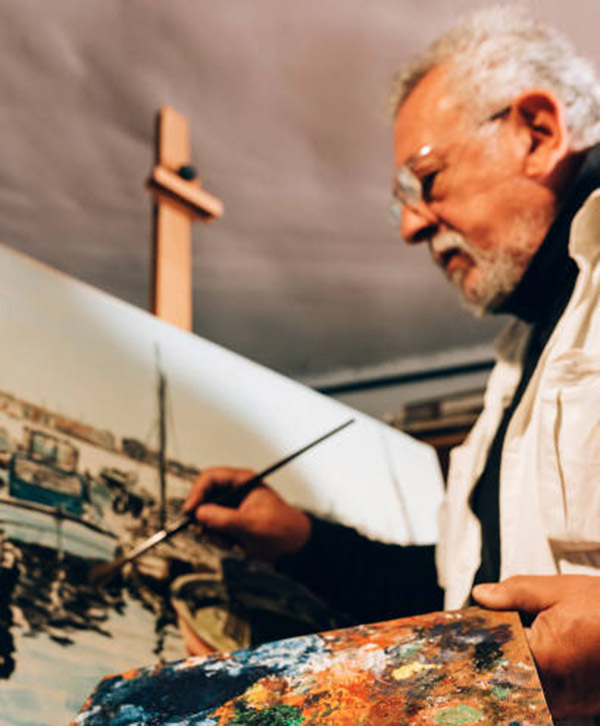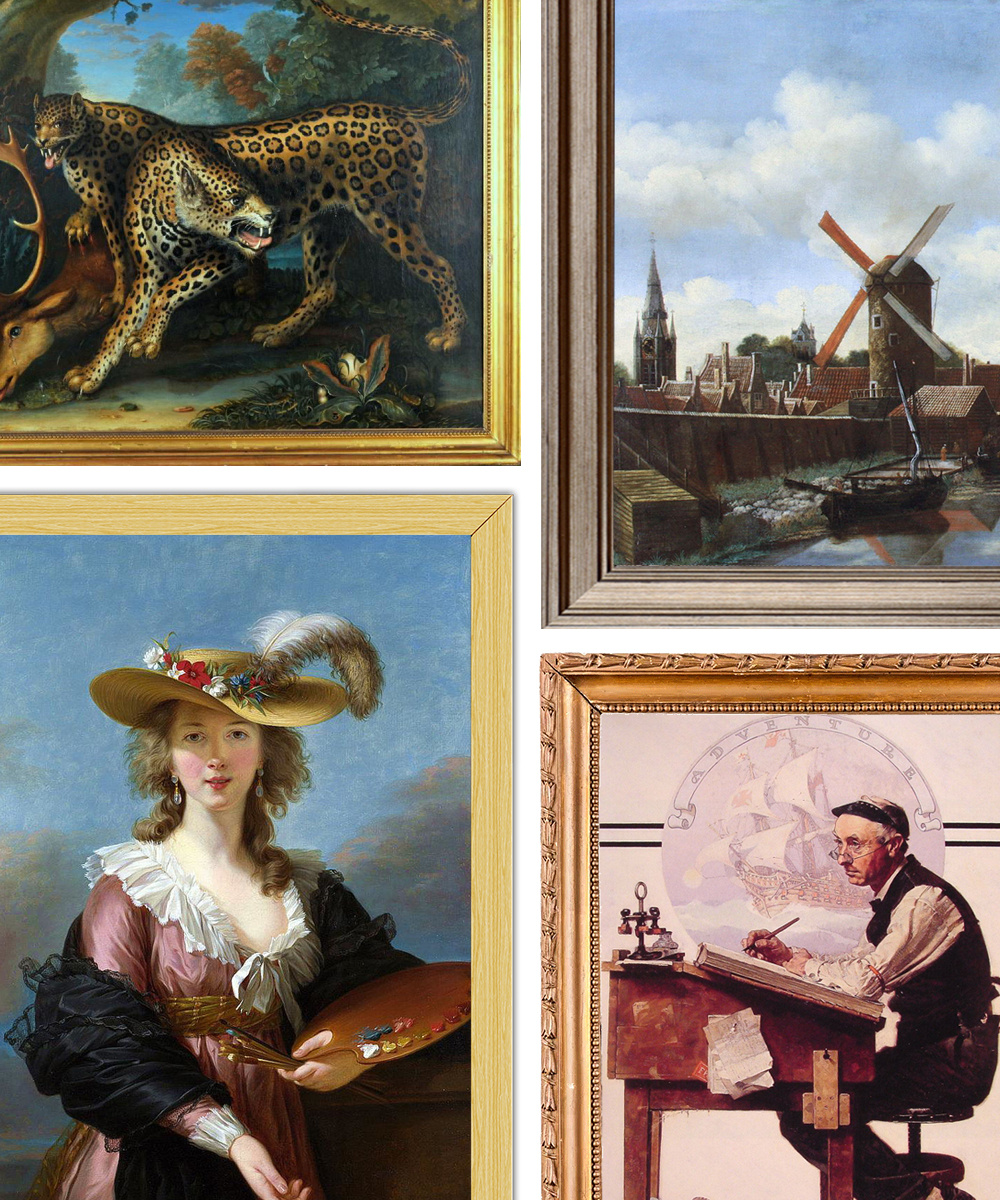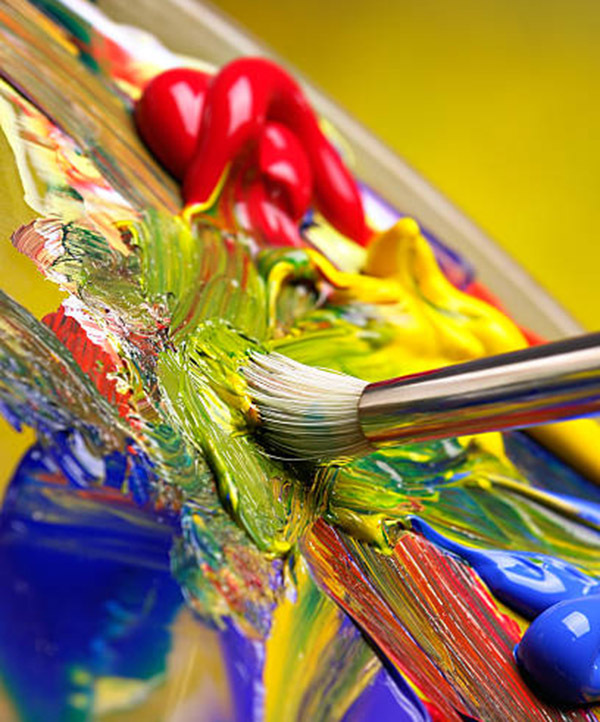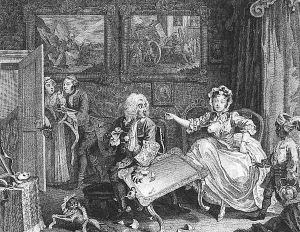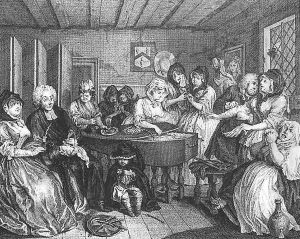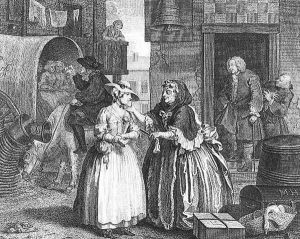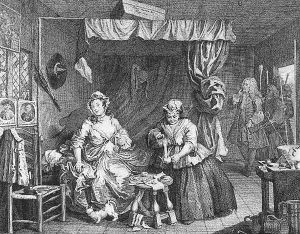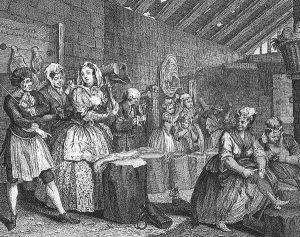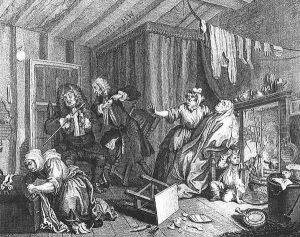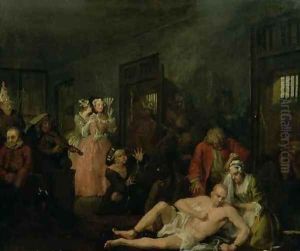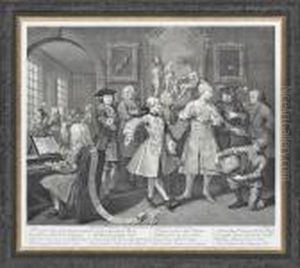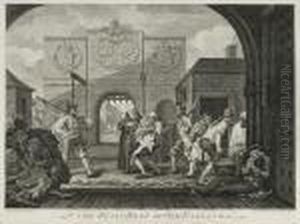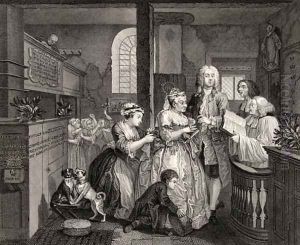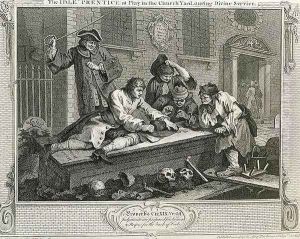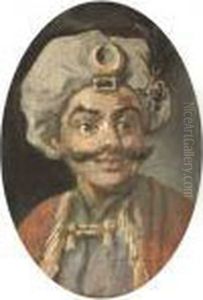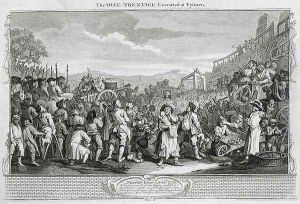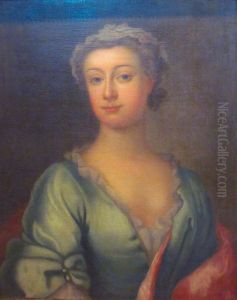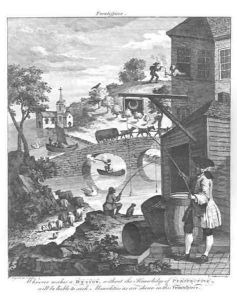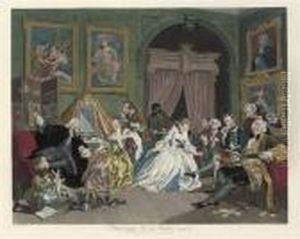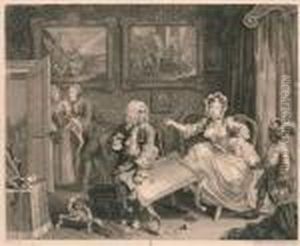





The Harlot's Progress
-
About Reproduction
Discover the allure of art with our faithful reproduction of "The Harlot's Progress", originally brought to life by the talented William Hogarth. Unlike posters or prints, our hand-painted oil painting breathes an unique sense of depth and texture into your space. Every detail, every stroke, and every texture is meticulously recreated, paying the perfect homage to William Hogarth and his artistic vision.
Owning this piece is more than just decoration - it's a statement of your refined taste in art. Let the vibrant colors and intricate details of this replica serve as a daily reminder of the beauty in our world. Elevate your decor and appreciate the richness of art with our replica of this masterpiece.
-
Painting Description
''The Harlot's Progress'' is a series of six paintings (1731) and engravings (1732) created by the English artist William Hogarth, which serve as a moralistic and cautionary tale depicting the decline and fall of a young woman who arrives in London and becomes a prostitute. The series is considered one of Hogarth's major early works and was influential in establishing his reputation as a painter and engraver with a keen eye for social observation and commentary.
The narrative of ''The Harlot's Progress'' unfolds through the sequential art, chronicling the life of the protagonist, Moll Hackabout, from her arrival in London to her untimely death. The first plate shows Moll arriving at Cheapside, London, where she is met by Mother Needham, a notorious procuress. The subsequent plates depict the various stages of Moll's descent into the world of prostitution, including her arrest and imprisonment, her rise to a kept woman, her decline into disease and poverty, and finally, her tragic death from venereal disease, followed by a scene of her garish and disreputable funeral.
Hogarth's work is notable for its rich detail and its use of satire to critique the social and moral disarray of 18th-century London, particularly the exploitation of young women. The series also reflects on the hypocrisy of society's elite and the ineffectiveness of the institutions meant to prevent vice and immorality. ''The Harlot's Progress'' was widely popular and commercially successful, leading to numerous pirated copies and adaptations for the stage.
The paintings themselves were destroyed in a fire at Fonthill House in 1755, but the engravings, which Hogarth made and sold the following year, have preserved the narrative. These engravings ensured the enduring legacy of ''The Harlot's Progress'' and allowed Hogarth's moral and artistic vision to reach a wider audience. The series has been analyzed extensively by art historians and scholars for its innovative narrative structure, its vivid characterizations, and its complex interplay of text and image, which prefigures the modern comic strip and other forms of visual storytelling.
Today, ''The Harlot's Progress'' remains a significant work in the history of British art and continues to be studied for its artistic merit and its insightful, albeit unflinching, portrayal of 18th-century society.
-
Lead Time & Shipping
When you order this oil painting replica, it typically takes 2-3 weeks to paint. If the artwork is more complex, it might need a little more time to ensure the best quality. Once it's ready, we'll send you a photo for your approval. After you give the green light, we'll ship it to you for free.
-
Return & Refund
We believe in the quality of our hand-painted oil painting reproductions, and your satisfaction is our priority. If for any reason, you are not completely satisfied with your purchase, we offer a 45-day return policy. You can return your artwork within 45 days of receipt and receive a full refund. Please note that the artwork must be returned in the original packaging and in the same condition as it was received.

